

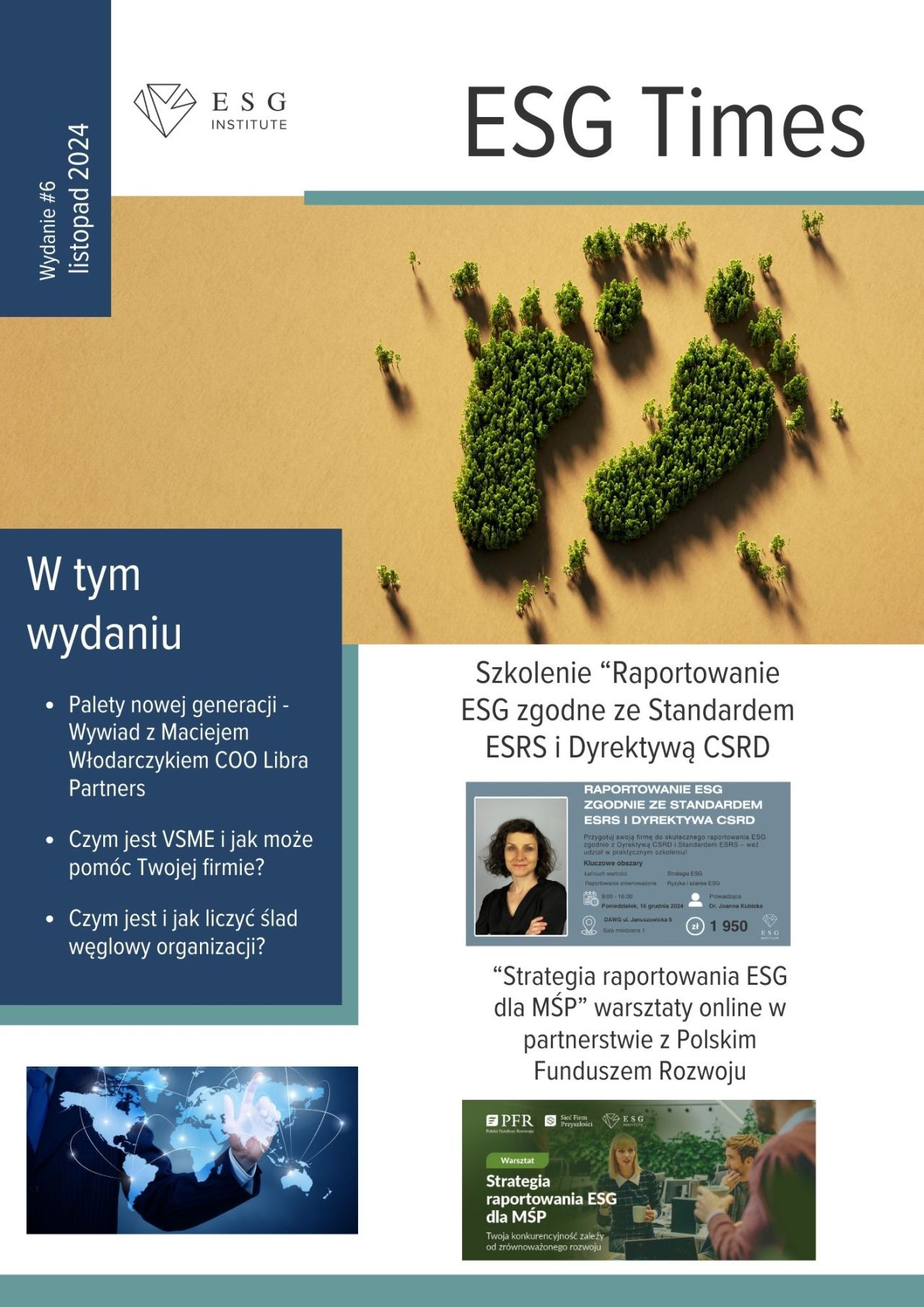
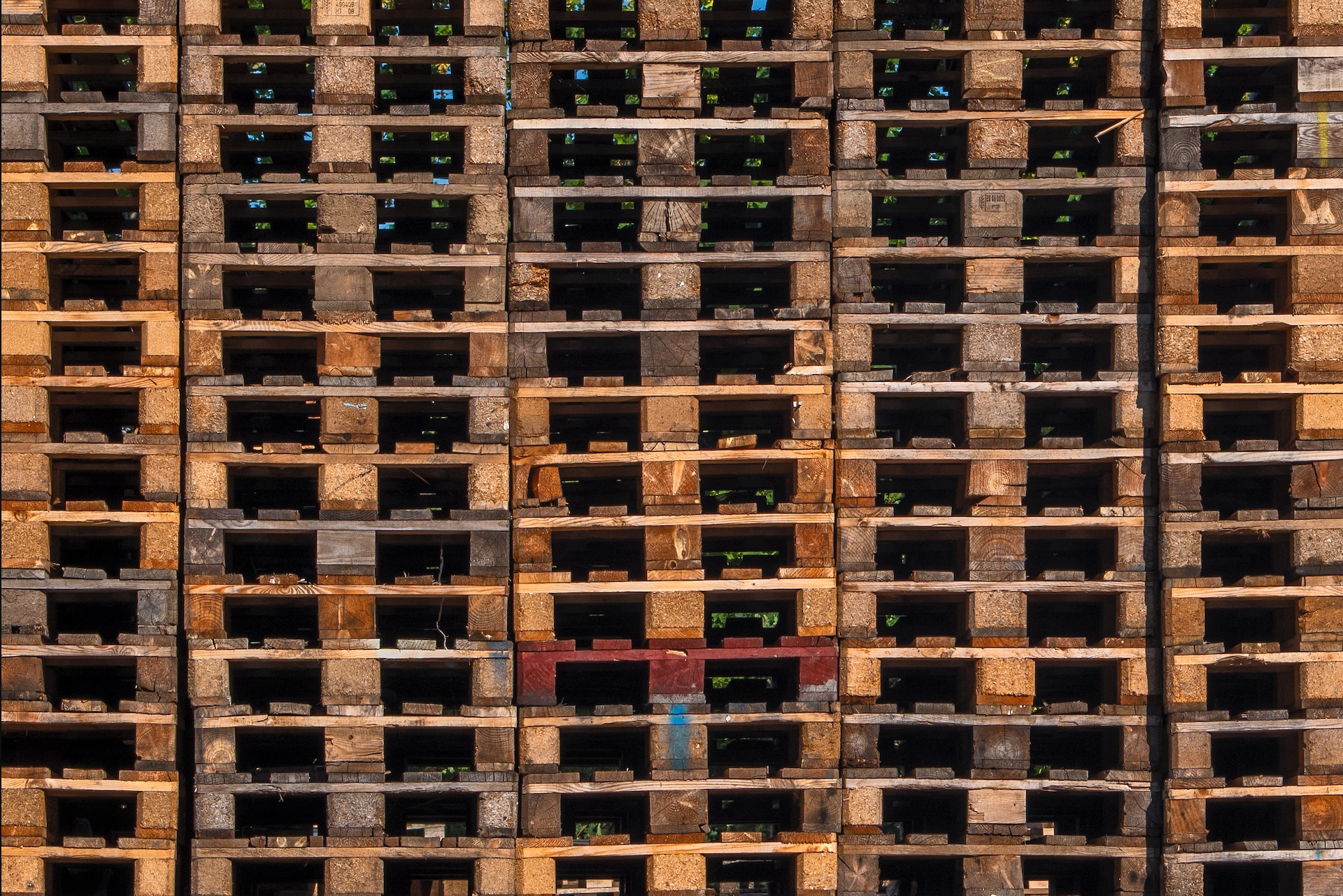


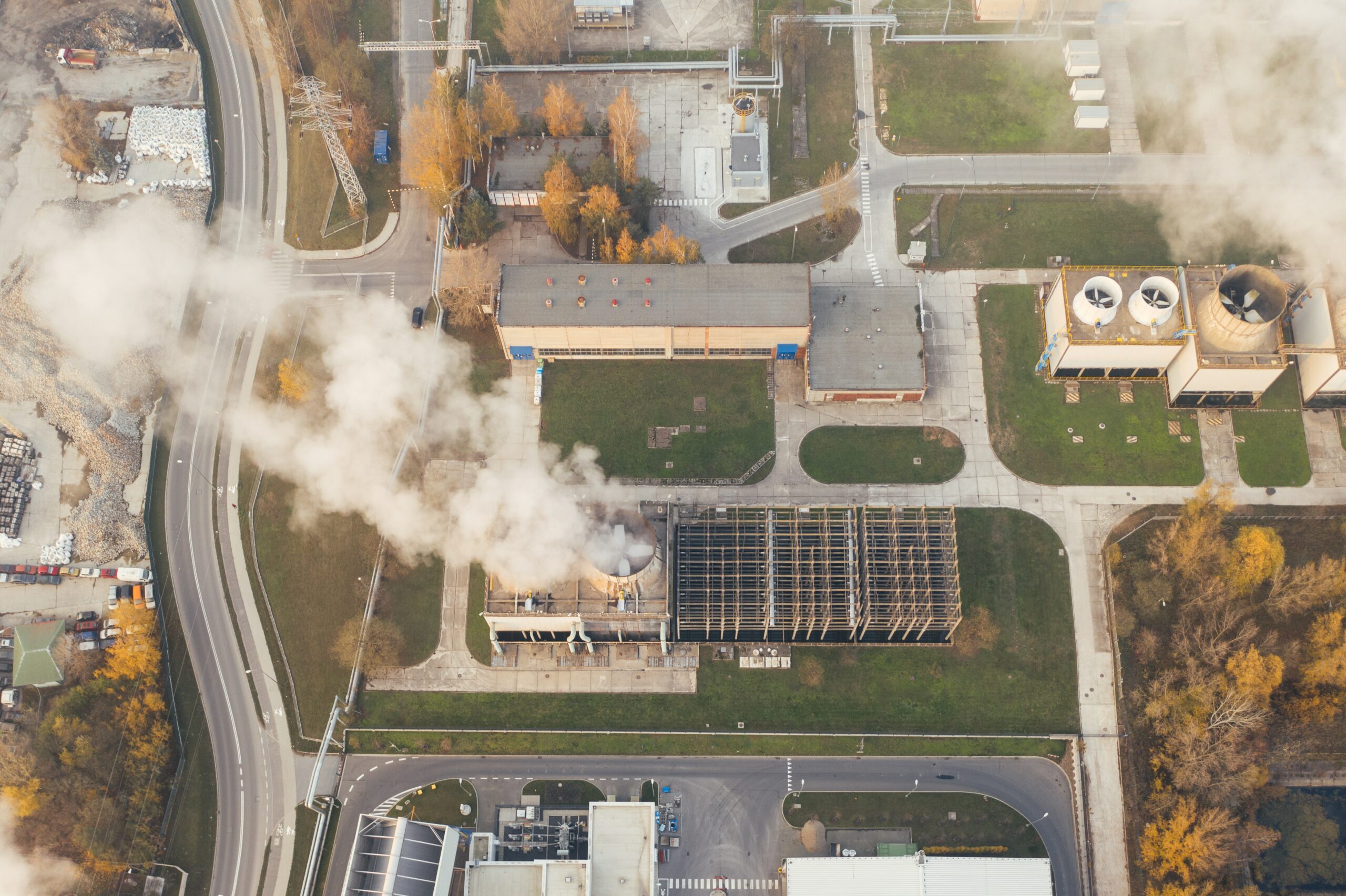
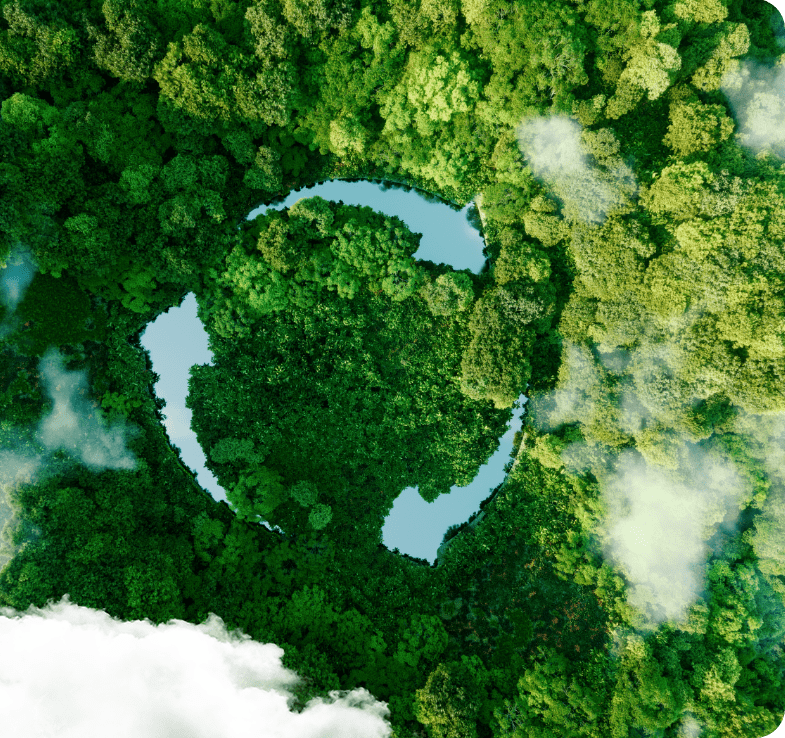
https://www.europarl.europa.eu/news/pl/headlines/society/20181212STO21610/odpady-z-tworzyw-sztucznych-i-recykling-w-ue-fakty-i-liczby
Plastic production has skyrocketed in just a few decades – from 1.5 million tonnes in 1950 to 359 million tonnes in 2018 worldwide. Plastic waste has also increased with it. While production fell sharply in the first half of 2020 due to the COVID-19 pandemic, it picked up again in the second half of that year.
The EU has already taken action to reduce plastic waste, but what happens to the waste that is still being produced despite all efforts? And how can recycling of plastic waste be increased?
EU action to reduce plastic waste
Plastic waste treatment in Europe
The most common way to dispose of plastic waste in Europe is through energy recovery, followed by recycling. As the infographic shows, around 25% of all plastic waste generated is landfilled.
Half of the plastic collected for recycling is exported to countries outside the EU. Reasons for export include a lack of capacity, technology or financial resources to process the waste locally. EU waste exports to non-EU countries amounted to 32.7 million tonnes in 2020. The majority of waste is made up of ferrous and non-ferrous metal scrap, paper, plastic, textile and glass waste. It mainly ends up in Turkey, India and Egypt.
In the past, a significant share of exported plastic waste was sent to China, but recent restrictions on plastic waste imports in China are likely to further reduce EU exports. This poses a risk of increased incineration and landfilling of plastic waste in Europe. Meanwhile, the EU is struggling to find sustainable and climate-friendly ways to manage plastic waste.
The low level of plastic recycling in the EU means big losses for the economy and the environment. It is estimated that the economic value of plastic packaging is lost to 95% after a short period of first use.
Scientists estimate that worldwide in 2019, plastic production and incineration pumped more than 850 million tonnes of greenhouse gases into the atmosphere. By 2050, these emissions could rise to 2.8 billion tonnes – some of which could be avoided through better recycling.
Read more about waste management in the EU.
Problems with plastic recycling
The main challenges to recycling plastics are the quality and price of the recycled product compared to its virgin counterpart. Plastic processors need large volumes of recycled plastics, produced to strictly controlled specifications and at a competitive price.
However, plastics can be easily tailored to the needs (functional or aesthetic) of each manufacturer, so the variety of raw materials complicates the recycling process, increasing its cost and affecting the quality of the final product. As a result, demand for recycled plastics is growing rapidly, but in 2018 it only accounted for 6% of European plastic demand.
EU plans to move towards a circular economy by 2050, including reducing plastics.
Solutions to boost plastic recycling
In June 2019, the EU adopted new rules to tackle plastic marine litter. The rules introduce a series of measures targeting the 10 single-use plastics most commonly found on European beaches, as well as fishing gear. They also include a target for 25% of plastic in plastic bottles to be recycled by 2025, and 30% by 2030.
In November 2022, the European Commission proposed new EU packaging rules, including proposals to improve packaging design, such as clear labelling, to encourage reuse and recycling. They also call for a shift towards bio-based, biodegradable and compostable plastics.
Find out how the EU aims to achieve a circular economy by 2050.
As part of the Green Deal, 55% of plastic packaging waste should be recycled by 2030. This would mean better design for recycling, but MEPs say measures are also needed to stimulate the market for recycled plastics.
These measures could include:
creating quality standards for secondary plastics;
encouraging certification to increase industry and consumer confidence;
introducing mandatory rules on minimum recycled content in certain products;
encouraging member states to potentially reduce VAT on recycled products.
The European Parliament also backed a ban on lightweight plastic bags in the EU in 2015.
It also called on the European Commission to take action against microplastics.
In January 2023, Parliament voted in favour of a waste shipment law to encourage reuse, recycling and reduce pollution. MEPs insist that exports of plastic waste to countries outside the Organisation for Economic Co-operation and Development (OECD) should be banned, while shipments to OECD countries should be ended within four years.
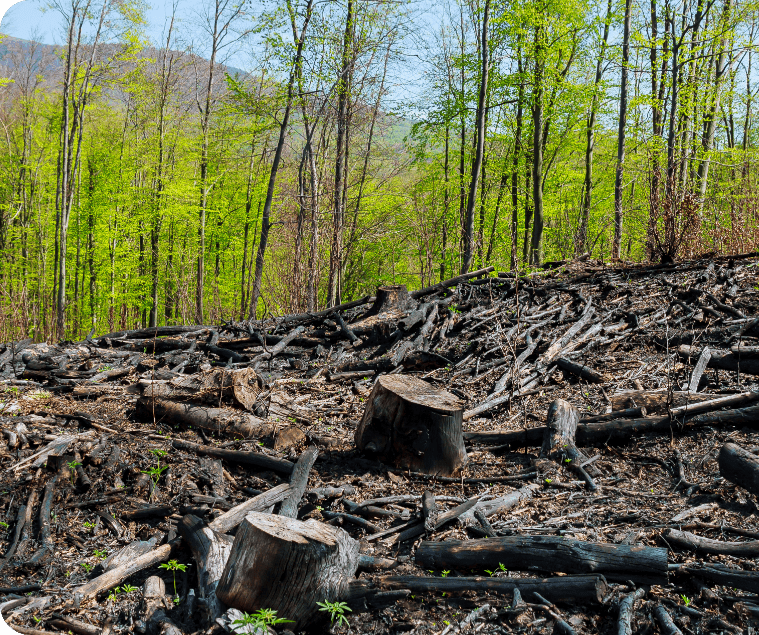
https://www.money.pl/gospodarka/polskie-lasy-znikaja-w-oczach-nie-wiadomo-co-dzieje-sie-z-drewnem-a-ceny-szaleja-6766271778044736a.html
Representatives of the timber industry accuse the State Forests of predatory timber management in Poland, and Polish wood is exported on a larger scale than the state organization reports. In their opinion, the policy pursued by the State Forests is driving up wood prices. As a result, there is a shortage of wood, and prices in Poland are currently the highest in Europe. For this reason, construction materials are also becoming more expensive and the prices of firewood are rising. Ecologists and social activists, on the other hand, believe that mass logging has been going on in Poland for many years. In addition, foresters themselves do not know what happens to the cut wood.
The timber industry wants an export ban
The lack of access to information is not the only problem. The timber industry has been warning for several years that it is not possible to buy enough wood from the State Forests.
According to representatives of the sector, this is the result of the policy pursued by the State Forests, which is driving up wood prices. The reasons include new rules for the sale of wood, i.e. reducing the pool for regular recipients to 70 percent of purchase history. This means that only 30 percent. wood goes to auctions, where you can buy without restrictions.
As a result, today we have the highest wood prices in Europe. The price of pine wood at auctions reaches up to PLN 1,000 per cubic meter.
In total, in the last year, wood prices have increased by 200-300 percent in some cases. In addition, it is now starting to be scarce, which makes them even more expensive.
Since last year, OSB boards, among others, have drastically increased in price. Data from the PSB group show that in September 2021 they were almost 125 percent more expensive than a year earlier. The window joinery industry has also felt the increases. In the first quarter of last year, the price of so-called square timber, necessary for the production of windows, was PLN 2.1 thousand per cubic meter, and at the end of the year, prices rose to PLN 4.5 thousand.
Forests cover over a quarter of Poland’s area. Forest complexes play an important role – they protect us, among other things. from the negative effects of climate change, including droughts, floods and heat. Therefore, they should be protected as our common heritage.
In recent years, however, huge amounts of cut trees arranged in piles have become an everyday sight in Polish forests. The scale of felling is also causing increasing controversy. Especially since it concerns both suburban forests and landscape parks or reserves. Trees are also cut down en masse in primeval forests.
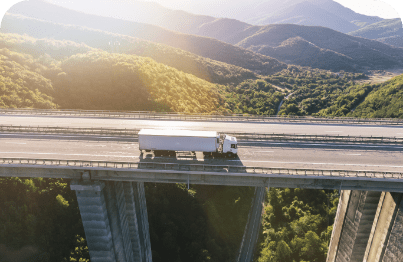
The EU Taxonomy Regulation and the CSRD Directive impose a number of requirements on companies related to financial and non-financial reporting in the context of implementing the Sustainable Development Goals. The new obligations will cover both large companies employing over 500 employees and some entities from the SME sector. The submission of reports by the first group of companies will be mandatory as early as 2025. What specific areas of activity will the reporting cover? We invite you to read.
SDGs, ESG, CSR are abbreviations that have recently gained publicity in the context of the responsibility and obligations of companies, including legal and accounting, management, as well as development and strategic, relating to sustainable development. This is related to the need for a different approach to the development of societies, management, production and use of goods, due to the unfavorable climate changes taking place in the world and social inequalities for which humans and their activities are responsible.
Currently, humanity must face many environmental challenges, such as the shrinking of non-renewable resources, the loss of biodiversity, the degradation of the Earth, limited access to clean drinking water. And also cope with the growth of many social problems such as hunger, social unrest or even conflicts over access to shrinking resources. The above problems overlap with other unfavorable phenomena: poverty, inequality, lack of access to education or basic health care. We can say with full responsibility that as humanity we are at a turning point, when we must choose a different path of development, based on respect and well-being for the environment and people.
UN unanimously adopts Sustainable Development Goals (SDGs) for implementation
The above problems and threats motivate governments to take legislative steps, and the most important decision on a global scale to change the approach to actions taken by citizens was the adoption at the New York summit in 2015 by the UN General Assembly of the “2030 Agenda for Sustainable Development”, i.e. development that meets the needs of the current generation without compromising the ability of future generations to meet their needs. All UN countries (193) have committed to meeting the goals to change the direction of world development to one that is responsible for the Planet, People and the Environment. The 2030 Agenda includes 17 Sustainable Development Goals (SDGs) along with 169 detailed tasks from five areas – people, planet, prosperity, peace and partnership.
The Sustainable Development Agenda is a direction and concept of socio-economic development based on conscious decisions, i.e. decisions that take into account not only the economic aspect (not limited to profit), but also the social aspect concerning high quality of life, health and well-being with social justice, the environmental aspect related to maintaining the Earth’s capacity to support life in all its diversity and broadly understood corporate governance, which support each other.